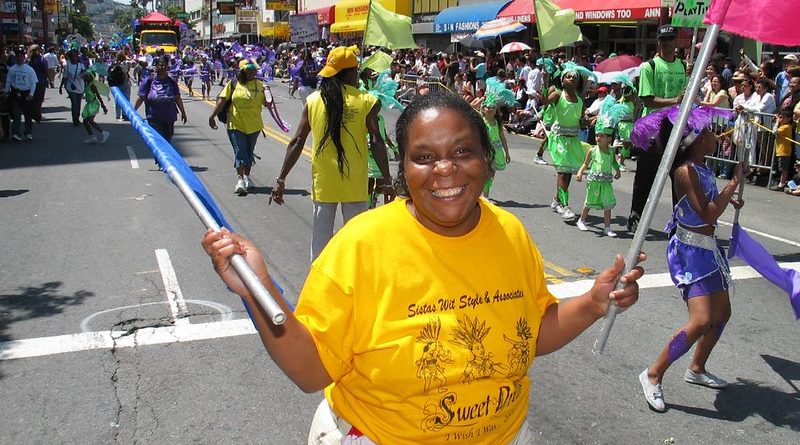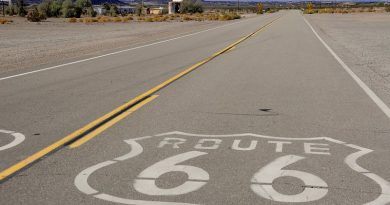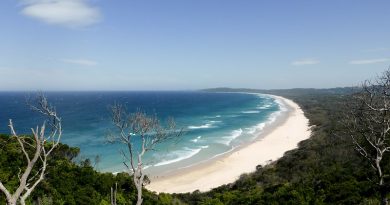Top Mardi Gras Festivals: Trinidad
Trinidad lies just 6 miles off the coast of South America. It’s the southernmost island in the Caribbean. Port of Spain, its capital city, is not only the largest city in the Lesser Antilles, it’s also the most culturally diverse.
Colonised by the British, French and Spanish at different times, the population here is a potent hereditary mix of Africans, Europeans, East Indians, Chinese, Latin Americans and just about every colour in between.
If you come to Trinidad during March, the air is electrified with anticipation as the entire island country prepares for one of the biggest parties on Earth- Carnival. Trinidad Carnival is called the Mother of all Carnivals and was introduced by French Catholic plantation owners who held masquerade balls to celebrate the last 2 days before Lent. But when slavery was abolished in 1834, this masquerade ball took to the streets with unbridled frenzy.
Today with more than 250,000 participants, this Carnival is one of the largest in the world and has gained a reputation as the Carnival of the people. Music is the backbone of Carnival. The steel pan drum and calypso were born here so if you want to make the most out of Carnival, you’ve got to know how to move to the music, Trinny-style.
Trinidadians have taken the art of winin to new levels. Many of these skimpily clad revellers have spent months at the gym in preparation. This is the moment to be noticed, show off and maybe even appear on local TV. The judging is based on colour, creativity and presentation, but everybody’s just too busy winin to really care. The festivities escalate into the night until suddenly at the stroke of midnight, everything stops with a bang.
A 20 minute flight north will take you to Trinidad’s sister island, Tobago. Tobago may be a twin island state with Tobago but it has a completely different atmosphere. Famous for its unspoilt beaches, turquoise waters and laid-back lifestyle, Tobago is the perfect post Carnival comfort zone. Tobago became a wealthy British colony through its coconut, sugar and cocoa plantations. But when British control ended in 1962, many plantations fell into disrepair. Other like Richmond Greathouse were turned into guesthouses. At only 7 by 26 miles, Tobago is a tiny oasis with scores of undeveloped beaches. And with its strict building codes it’s considered to one of the last unspoiled Caribbean islands. Some say Daniel Defoe used Tobago as the setting for his novel Robinson Crusoe, and it’s easy to see why.




